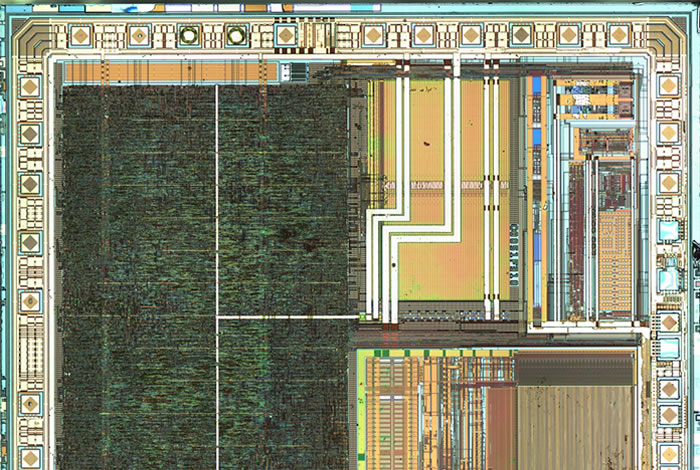 Decrypt Locked MCU PIC16LF72 Heximal
Decrypt Locked MCU PIC16LF72 Heximal
Decrypt Locked MCU PIC16LF72 and readout microcontroller PIC16LF72 Heximal from program memory and eeprom memory, normally the protection of MCU will be unlocked;

The WDT has a nominal time-out period of 18 ms, (with no prescaler). If a longer time-out period is desired, a prescaler with a division ratio of up to 1:128 can be assigned to the WDT (under software control) by writing to the OPTION register.
Thus, a time-out period of a nominal 2.3 seconds can be realized. These periods vary with temperature, VDD and part-to- part process variations (see DC specs) if break IC ATmega1284 firmware.
Under worst case conditions (VDD = Min., Temperature = Max., max. WDT prescaler), it may take several seconds before a WDT time-out occurs.
The CLRWDT instruction clears the WDT and the postscaler, if assigned to the WDT, and prevents it from timing out and generating a device RESET.
The SLEEP instruction resets the WDT and the postscaler, if assigned to the WDT. This gives the maximum SLEEP time before a WDT wake-up reset when reverse engineering mcu atmega1284pv firmware.
The TO, PD, and GPWUF bits in the STATUS register can be tested to determine if a RESET condition has been caused by a power-up condition, a MCLR or Watchdog Timer (WDT) reset.
A brown-out is a condition where device power (VDD) dips below its minimum value, but not to zero, and then recovers. The device should be reset in the event of a brown-out.
To reset PIC12C5XX devices when a brown-out occurs, external brown-out protection circuits may be built, This circuit will activate reset when VDD goes below Vz + 0.7V (where Vz = Zener voltage).* Refer to Figure 8-7 and Table 11-1 for internal weak pull-up on MCLR. This brown-out protection circuit employs Microchip Technology’s MCP809 microcontroller supervisor. The MCP8XX and MCP1XX family of supervisors provide push-pull and open collector outputs with both high and low active reset pins. There are 7 different trip point selections to accomodate 5V and 3V systems.